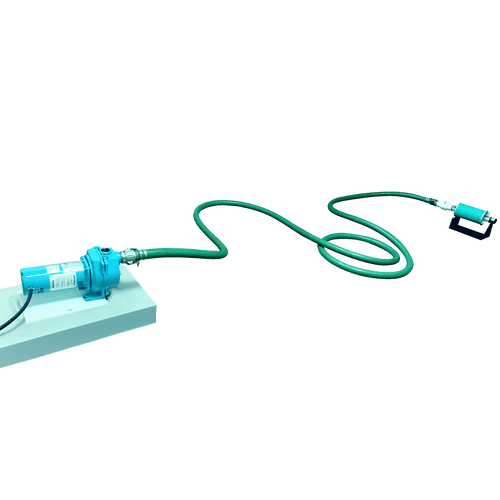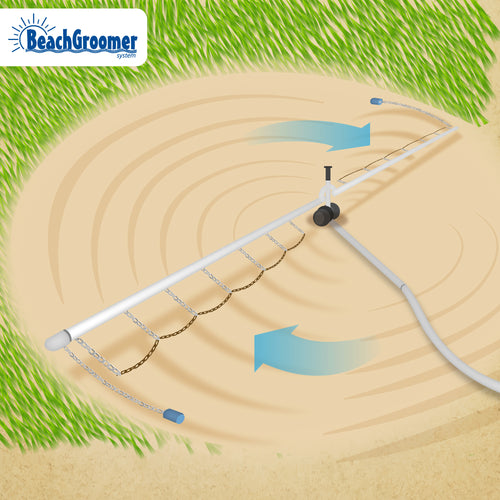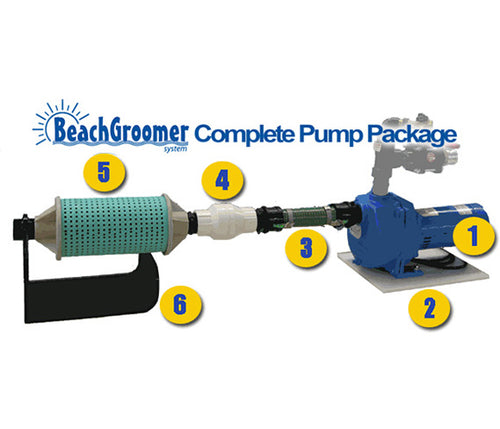Maintaining our lakeshore lawn irrigation system is vital to keeping our landscape vibrant and healthy. A well-maintained system ensures that our garden and lawn receive the right amount of water, minimizing waste and promoting robust growth. Proper upkeep also helps extend the life of our irrigation equipment, saving us time and money in the long run.
Our lakeshore irrigation system faces unique challenges, such as exposure to water, varying weather conditions, and potential debris from the lake. Regular maintenance addresses these challenges, ensuring the system functions efficiently. From routine inspections to seasonal care, each step in the maintenance process plays a crucial role in keeping everything running smoothly.
By following simple maintenance routines, we can prevent common issues like clogs, leaks, and mechanical wear from causing problems. Whether it’s cleaning filters, lubricating moving parts, or performing seasonal checks, each task contributes to the system's overall effectiveness. Let's explore these essential maintenance steps to help our lakeshore irrigation system perform at its best year-round.
Regular Inspection Routines
Performing regular inspections is crucial to maintain our lakeshore lawn irrigation system in top condition. Start by inspecting the pump and its components at least once a month. Look for any visible signs of wear and tear, such as rust, cracks, or leaks. Pay close attention to the hoses and pipes to ensure they are securely connected and free from damage. Regular checks help us catch problems early before they turn into costly repairs.
We should also monitor the pump’s performance during these inspections. Turn on the irrigation system and observe how well the water flows through the sprinklers and other outlets. Look for uneven distribution or weak pressure, which may indicate a problem with the pump or a blockage in the system. Listening for unusual sounds, like grinding or squeaking, can also alert us to potential issues that need attention.
Cleaning and Replacing Filters
Cleaning and replacing filters is a key part of maintaining our irrigation system. Filters prevent debris from clogging the pump and other components, ensuring smooth water flow. Begin by checking the filter regularly—every two weeks is a good rule of thumb. If the filter looks dirty or clogged, it's time to clean or replace it.
To clean a filter, first, turn off the pump and disconnect it from the power source. Carefully remove the filter and use a hose to rinse away any dirt and debris. If the filter is still clogged or appears worn out, it’s best to replace it with a new one. After cleaning or replacing the filter, reassemble the components and test the pump to ensure it’s working properly.
Regular filter maintenance not only prolongs the life of our irrigation system but also improves its efficiency. By keeping the filters clean, we reduce the risk of blockages and maintain consistent water pressure, helping our plants get the water they need.
Lubricating Moving Parts
Lubricating moving parts of our irrigation system is important for smooth and efficient operation. Moving parts like the pump's motor and other mechanical components can wear down over time, leading to decreased performance or even breakdowns. Proper lubrication reduces friction and prevents these parts from wearing out too quickly.
To lubricate the moving parts, first, refer to the manufacturer's guidelines to identify the recommended lubricant. Turn off the pump and disconnect it from its power source before beginning. Apply the lubricant to the designated areas, such as the motor bearings and other mechanical joints. Make sure to use the right amount of lubricant to avoid over-application, which can attract dirt and cause further issues.
Regular lubrication, usually every three months, keeps the irrigation system running efficiently and prolongs the life of our equipment. Checking for any dried or dirty lubricants and replacing them ensures the system’s parts are always moving smoothly. This simple routine helps maintain optimal performance and prevents unexpected breakdowns.
Seasonal Maintenance Tips
Seasonal maintenance is key to ensuring our lakeshore lawn irrigation system performs well throughout the year. Different seasons bring different challenges, and addressing them proactively helps avoid bigger issues.
In spring, inspect the system for any damage caused during winter. Check all components, including pipes and hoses, for cracks or leaks that might have occurred due to freezing temperatures. Clean the pump, filters, and other parts to remove any debris that may have accumulated.
During summer, monitor the system more frequently due to increased water usage. Ensure the filters are clean and the pump is working at its full capacity. Keep an eye on water pressure and make any necessary adjustments to ensure even water distribution.
As fall approaches, prepare the system for winter. Drain the pump and hoses to prevent water from freezing inside them. Consider using antifreeze protection if recommended by the manufacturer. Store the pump in a dry, safe place if it will not be in use during the colder months.
Conclusion
Maintaining our lakeshore lawn irrigation system is essential for keeping our landscape lush and healthy all year round. By following regular inspection routines, cleaning and replacing filters, lubricating moving parts, and performing seasonal maintenance, we can ensure our system runs smoothly and efficiently.
A well-maintained irrigation system saves us time and money by reducing the need for costly repairs and replacements. It also ensures our garden and lawn get the right amount of water, promoting healthy growth and vibrant landscapes. Taking a proactive approach to maintenance helps us enjoy a beautiful and thriving lakeshore property.
If we are looking for expert assistance and high-quality lake irrigation system solutions, contact BeachGroomer today. Let’s work together to keep our lakeshore landscape in perfect condition with the right irrigation system and maintenance plans.




